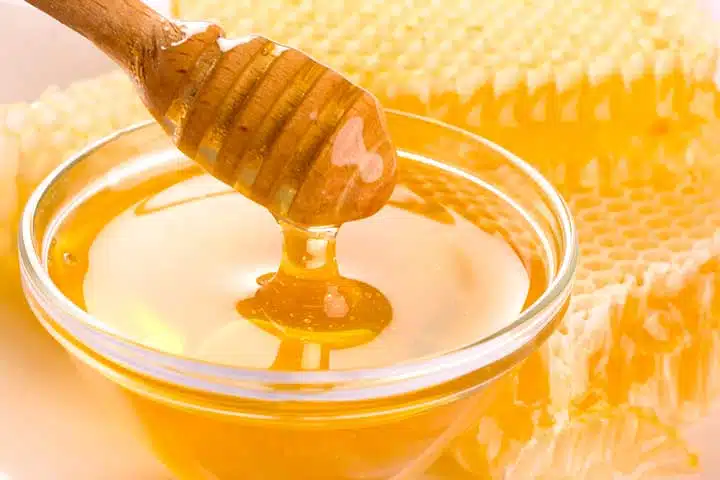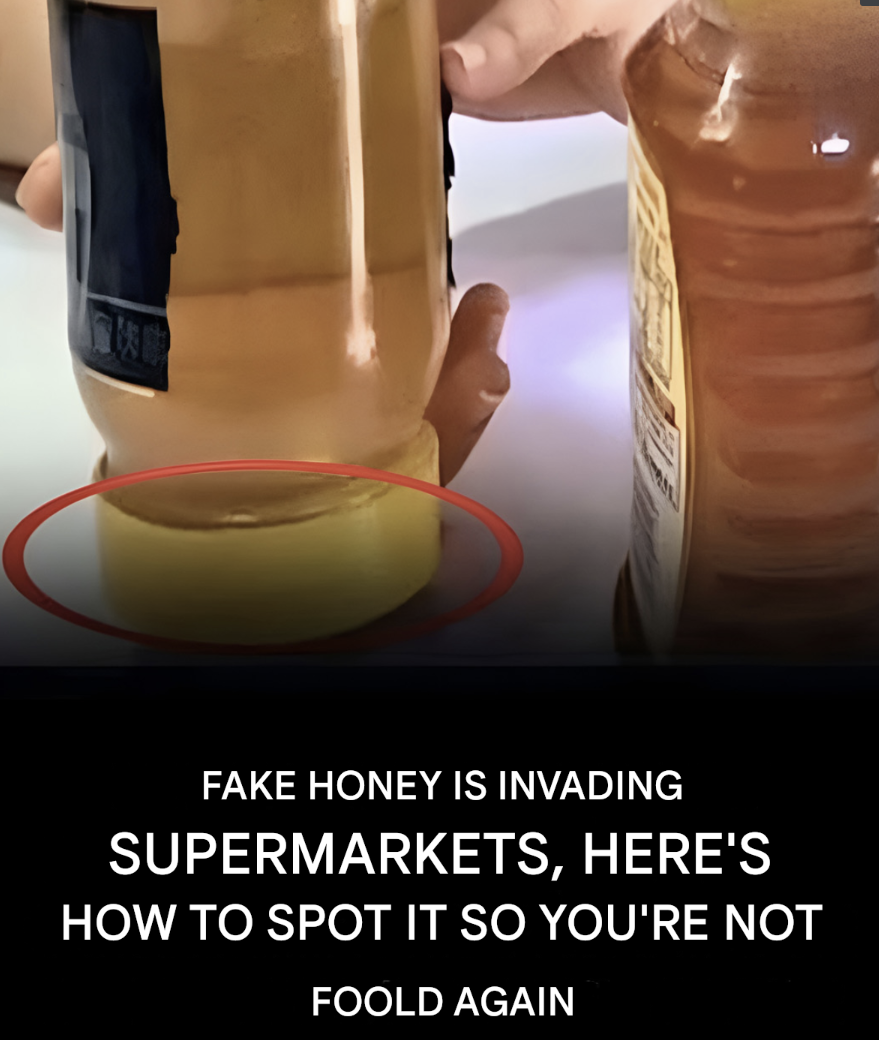It has the color, the texture, the taste… but it might not be honey. Every day, deceptive jars invade our shelves, and it’s becoming increasingly difficult to recognize real honey. Appearances are sometimes so well imitated that one might think it’s a craft product… or rather, a well-organized industry.
Why is fake honey multiplying?

Honey’s popularity makes it a prime target for food fraud. As a result, jars sold as « pure honey » are actually diluted, modified, or even artificial. It’s a bit like buying watered-down wine or orange juice… without the orange.
A sweet wave of deception is seeping into our honey jars. In France, nearly half of imported honey is said to be fake. A European Commission investigation (2023) reveals that 46% of honey imported into the EU is fraudulent , often cut with cheap sugar syrups made from rice, wheat, or beetroot.
On French territory, the findings are just as alarming: only 4 samples out of 21 analyzed were compliant , while 5 clearly fraudulent batches were intended for domestic consumption.
This fraud often goes unnoticed , hidden behind vague labels such as « mixture of honeys from the EU and outside the EU » , a formulation so vague that it becomes complicit.
-
The syrup in disguise
Some manufacturers even dilute honey with glucose-fructose syrup. This helps lower costs and increase quantities. It’s like thinning coffee with sugar water… the appearance is there, but the taste and quality are not.
-
A rushed harvest
Honey is sometimes extracted before it reaches maturity in the hives. As a result, it contains more water, ferments easily, and loses its nutritional qualities. Like a tomato picked too early: it’s there, but tasteless.
